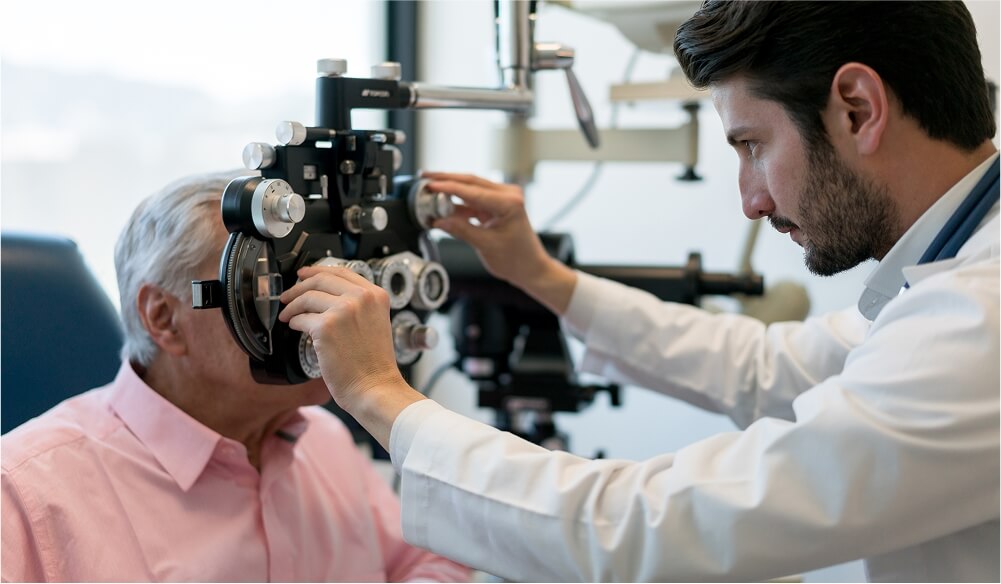Designing smarter dry eye trials with patients at the center - real world experiences shared
Dry eye syndrome (DES) trials are among the most complex in ophthalmology. High placebo response rates, subjective symptoms, and environmental variability make it difficult to design studies that are both scientifically rigorous and operationally feasible1. Add to that the growing competition in the DES pipeline, and the pressure is on to get trial design right the first time. At Fortrea, we’ve faced these challenges head-on - and in our latest white paper, we share all the practical details from our hands-on experience, without reservation.
Why DES matters more than ever
Dry eye syndrome affects hundreds of millions globally, with symptoms ranging from stinging and burning to blurred vision and chronic discomfort. It’s a condition that impacts quality of life and productivity, yet many patients still struggle to find effective, lasting relief2. That’s why advancing DES research is so critical - and why smarter, more patient-focused clinical trials are essential to bringing better therapies to market.
The DES landscape is evolving fast
With over 80 industry-sponsored trials currently underway (based on data from Citeline, March 2025), DES research is gaining serious momentum. The pipeline is balanced across Phases I -III, and the mechanisms of action are diversifying - from immunosuppressants and T cell inhibitors to neurological and endocrine regulators. The US and China are leading the charge, with a growing number of trials also emerging in South Korea, Australia, and Europe.
Let’s talk about practical, hands-on experience
We don’t just talk theory, we want to share what worked. Our recent DES trial in APAC tackled everything from STS strip length and corneal staining timing to managing concomitant therapies and minimizing site-to-site variability. The result? A trial that ran faster, cleaner, and more confidently - completed ahead of schedule.
Our white paper breaks down how to:
- Use run-in periods and masking to manage placebo response
- Set clear inclusion criteria for moderate to severe DES
- Combine objective (e.g., Schirmer’s test) and subjective (e.g., OSDI) endpoints
- Allow real-world use of artificial tears without compromising data integrity
- Apply adaptive designs and stratification to boost statistical power
Looking ahead: the future of DES trials
AI, machine learning, and decentralized models are reshaping DES research. From smarter patient recruitment to remote monitoring, the future is more efficient, more inclusive, and more patient-friendly. And Fortrea is ready to help you lead it.
If you’re planning or optimizing a DES trial, this white paper is your shortcut to smarter decisions and stronger outcomes.
Download/view the white paper and discover how Fortrea can help advance your clinical trials in ophthalmology and dry eye syndrome.
